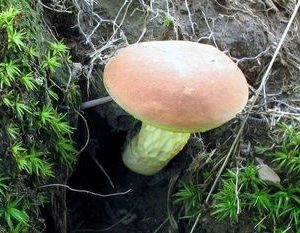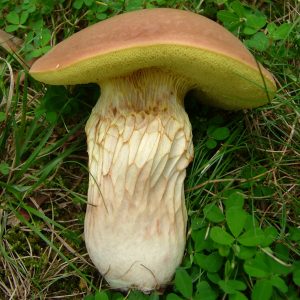Stem: Netting is WHITE
Showing 17–23 of 23 results
-
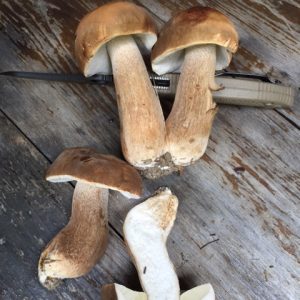
Boletus variipes-fagicola
Dark brown-black cap often cracks & fissures w/age & hot weather. White pores age dingy yellow. Oft-bulbous stem usually has white or brown netting.
Read more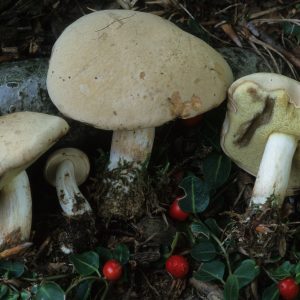
Imleria pallida (“Pallid Bolete”)
White cap browns with age. White pores age yellow to greenish-yellow and bruise an odd gray-green that fades to grayish brown.
Read more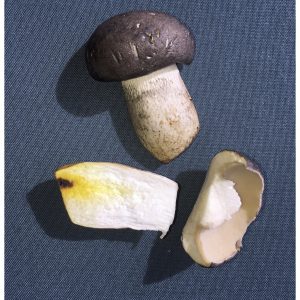
Retiboletus griseus (“Gray Bolete”)
Likes oak. Dark brown bug holes w/bright yellow stains. White flesh may slowly redden. Coarse yellow-brown netting that darkens w/age. Gray (pale, brownish or dark) cap.
Read more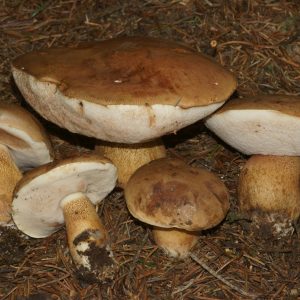
Tylopilus felleus (“Bitter Bolete”)
White cap flesh tastes bitter, & rarely stains pink. Oft-bulbous, brown stem has dark brown netting & may stain olive-brown. White pores age pinkish.
Read more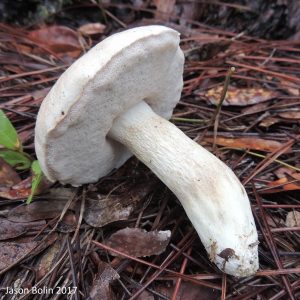
Tylopilus rhoadsiae (“Pale Bitter Bolete”)
Bitter taste. White-buff to pinkish cap. White pores age pinkish & DNS. Cap-colored stem is well netted, esp. in the upper half.
